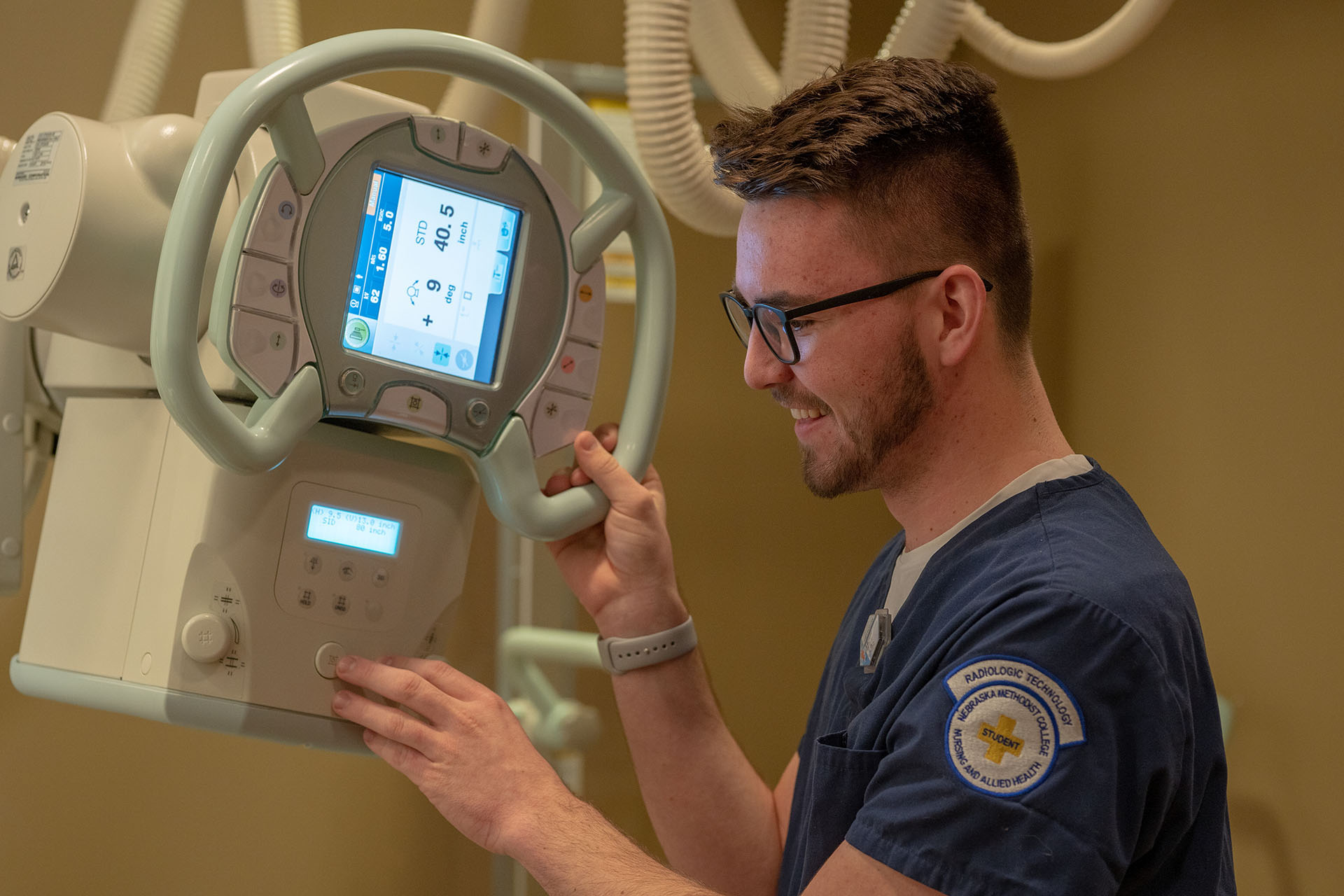Hip Injections
Are you suffering from arthritis, injury, or mechanical stress? At MD West ONE our specialists are trained to perform Hip Injections. The hip joint is a large joint where the leg joins the pelvis. If this joint experiences arthritis, injury, or mechanical stress, one may experience hip, buttock, leg, or low back pain. A hip joint injection may be considered for patients with these symptoms. The injection can help relieve the pain, as well as help diagnose the direct cause of pain.
Why is my surgeon recommending a hip injections?
Hip joint injections involve injecting medicine directly into the joint. These injections can help diagnose the source of pain, as well as alleviate the discomfort:
- Diagnostic function: By placing numbing medicine into the joint, the amount of immediate pain relief experienced will help confirm or deny the joint as a source of pain. If complete pain relief is achieved while the hip joint is numb it means this joint is likely to be the source of pain.
- Pain relief function: Along with the numbing medication, time-release cortisone is also injected into these joints to reduce inflammation, which can often provide long term pain relief.
Procedure
Fluoroscopy (live X-ray) is commonly used in hip joint injections for guidance in properly targeting and placing the needle, and for avoiding nerve or other injury.
On the day of the injection, patients are advised to avoid driving and doing any strenuous activities.
The hip joint injection procedure includes the following steps:
- An IV line will be started so that adequate relaxation medicine can be given, if needed.
- The patient lies face down on an X-ray table and the skin over the hip is well cleaned.
- The physician numbs a small area of skin with an anesthetic (a numbing medicine). The patient may feel a sting that will last for a few seconds.
- The physician uses X-ray guidance (fluoroscopy) to direct a very small needle into the joint. Several drops of contrast dye are then injected to confirm that the medicine only reaches the joint.
- A small mixture of anesthetic and anti-inflammatory cortisone is then slowly injected into the joint.

Post-Injection
The injection itself only takes a few minutes, but the overall procedure will usually take between thirty and sixty minutes.
After the hip joint injection procedure, the patient typically remains resting on the table for twenty to thirty minutes, and then is asked to move the area of usual discomfort to try to provoke the usual pain.
Patients may or may not obtain pain relief in the first few hours after the injection, depending upon whether or not the joint that was injected is the main source of the patient's pain.
On occasion, the patient may feel numb or experience a slightly weak or odd feeling in the leg for a few hours after the injection.
The patient will discuss with the doctor any immediate relief of pain, and will then record the levels of pain relief during the next week. A pain diary is helpful to clearly inform the treating physician of the injection results and in planning future tests and/or pain management treatment, as needed.
Risk Factors
As with any procedure, there is a risk of complications. Possible side effects from the hip joint injection include:
- Allergic reactions to the medications used
- Infection (occurs in less than 1 per 15,000 injections)
- Post-injection flare (joint swelling and pain several hours after the corticosteroid injection)
- Depigmentation (a whitening of the skin)
- Local fat atrophy (thinning of the skin)
- Rupture of a tendon located in the path of the injection
American Academy of Orthopedic Surgeons
This article has been written and peer-reviewed by the American Academy of Orthopaedic Surgeons.
